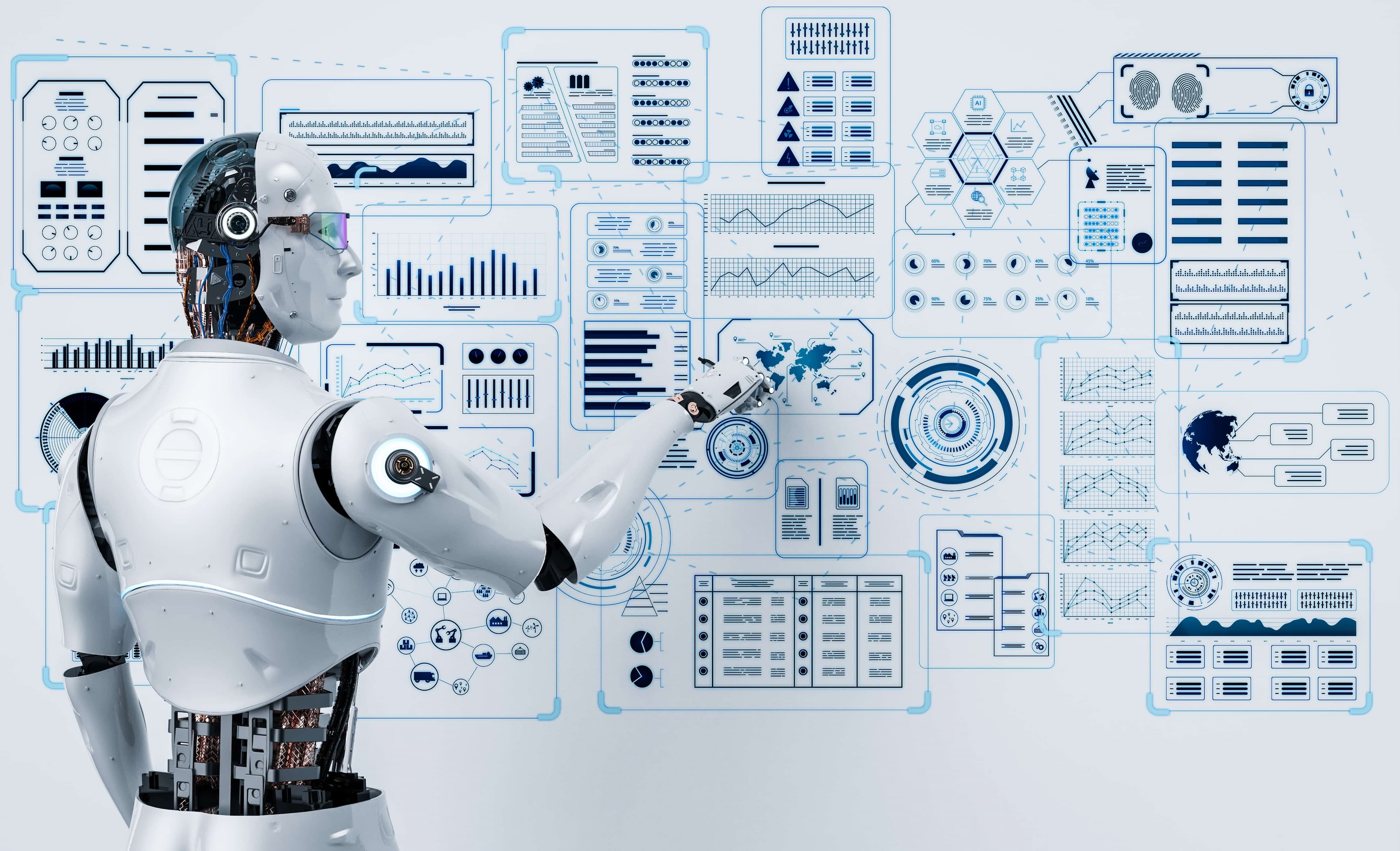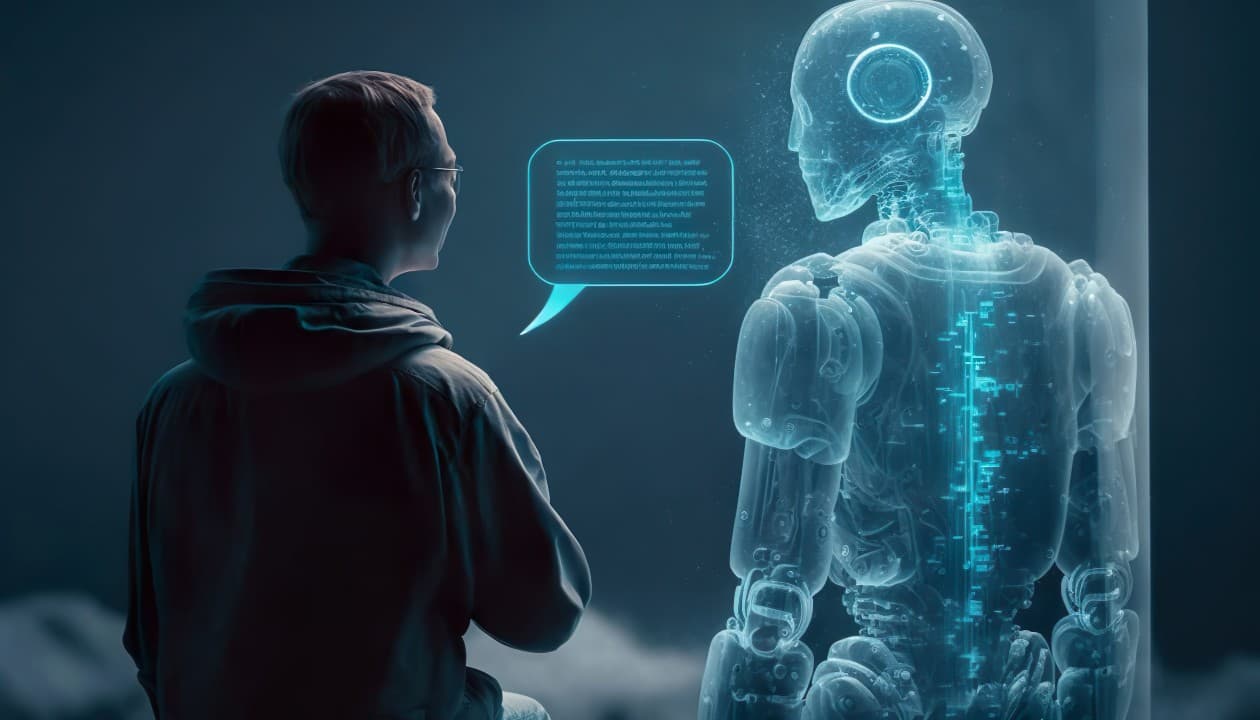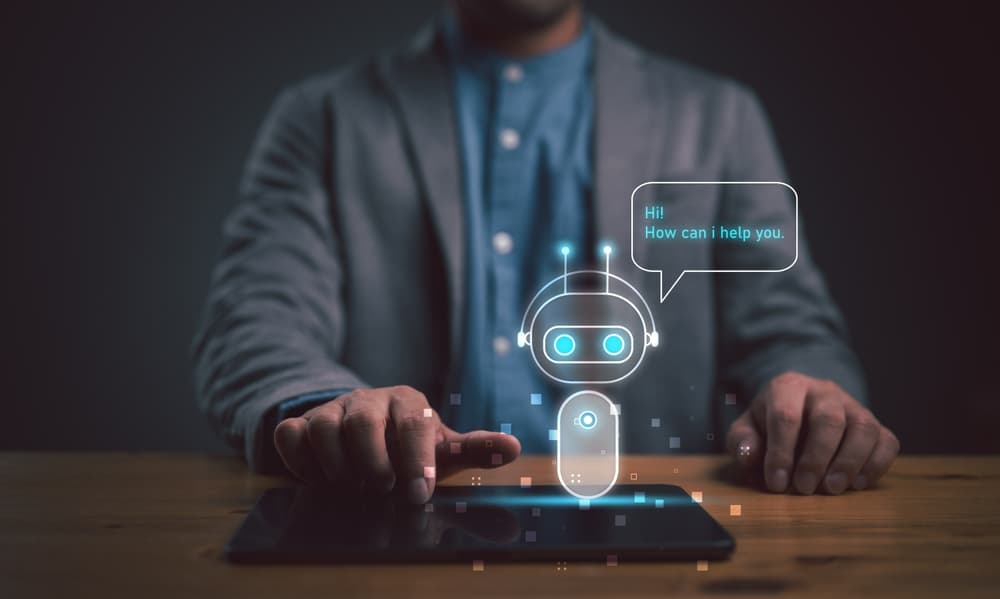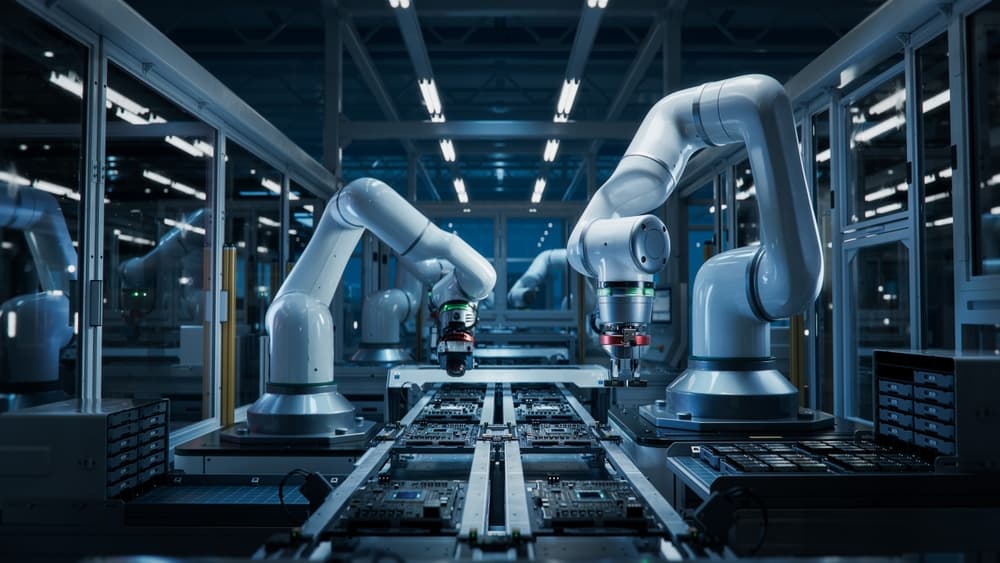
The Genesis of GEN AI:
Picture this: an AI that not only understands your data but evolves with it. GEN AI, short for GenAI, is not your run-of-the-mill artificial intelligence. It doesn’t just learn; it creates. It’s the next step in the evolution of machine intelligence, promising a synergy between human ingenuity and machine creativity.
GenAI can adapt to new information and situations in real-time, making it a truly dynamic and forward-thinking technology. With its innovative approach to problem-solving and data analysis, GenAI has the potential to revolutionise industries across the board. Imagine a future where humans and machines work seamlessly together, pushing the boundaries of what is possible. GenAI is leading the charge towards that future, one breakthrough at a time.
Signs Your Enterprise is GenAI-Ready:

1. Data Overload Dilemma:
Identifying the Gems:
Implement advanced data analytics tools like Tableau or Power BI to shift through the data noise and extract meaningful insights.
GenAI Toolkit:
Leverage platforms such as OpenAI’s GPT for natural language processing, enabling your AI to comprehend and generate human-like text, making sense of complex datasets.

2. Innovation at a Standstill:
Crowdsourced Creativity:
Encourage collaboration through platforms like Slack or Microsoft Teams to tap into the collective brainpower of your team.
GenAI Toolkit:
Integrate creative AI tools like Google’s Magenta Studio or Runway ML to infuse artistic flair into your projects, providing inspiration and generating fresh ideas.

3. Customer Experience Conundrum:
360-Degree Customer Insights:
Employ customer relationship management (CRM) systems like Salesforce or HubSpot to gather comprehensive data on customer interactions.
GenAI Toolkit:
Utilize AI-powered chatbots, such as IBM Watson Assistant or Microsoft Azure Bot Service to provide real-time assistance and personalized interactions based on customer behavior.

4. Operational Efficiency Erosion:
Process Automation:
Adopt robotic process automation (RPA) tools like UiPath or Automation Anywhere to streamline repetitive tasks and boost operational efficiency.
GenAI Toolkit
Explore platforms like OpenAI’s Codexto integrate AI-powered coding assistance, allowing your developers to focus on strategic initiatives while routine coding tasks are automated.
Some signs that your enterprise is GenAI-ready also include a culture that embraces innovation and experimentation, a leadership team that is open to adopting new technologies, and a workforce that is trained in data analytics and artificial intelligence. Additionally, your organization may already have a robust data infrastructure in place, allowing for seamless integration of AI technologies. Finally, if your enterprise has a clear strategy for leveraging AI to improve operations and drive growth, you are likely well-positioned to take advantage of the benefits of GenAI.
The Human-Machine Symphony:
GenAI isn’t about replacing humans; it’s about amplifying human potential. Imagine a symphony where humans and machines harmonize, each playing to their strengths. Employees become innovators, and machines become the creative partners that supercharge their capabilities.
Together, they push the boundaries of what is possible, creating groundbreaking solutions to complex problems. This collaboration allows for faster, more efficient processes and opens up new opportunities for growth and development. With GenAI, the future is not about competition between man and machine, but about the endless possibilities that arise when they work together in perfect harmony.
Conclusion:
As we stand at the crossroads of the present and the future, the question isn’t whether you need GenAI; it’s whether you can afford to be left behind. The dawn of a new era is upon us, where businesses are not just surviving but thriving, propelled by the transformative power of GenAI.
This blog serves as a roadmap for businesses seeking to understand the signs and seize the opportunities presented by GEN AI. It’s a call to action, an invitation to embrace innovation and position your enterprise at the forefront of the evolving technological landscape. By leveraging the power of artificial intelligence, businesses can streamline operations, enhance customer experiences, and drive growth. It’s crucial for organizations to adapt and adopt GEN AI in order to stay competitive and relevant in today’s rapidly changing world. Embracing this technology will not only future-proof your business, but also open up new possibilities for success and expansion.
Are you ready to embark on this exhilarating journey, or will you be a spectator as the world transforms around you? The choice is yours, and the time is now.
FAQ’s
1. How to build a generative AI model?
To build a generative AI model, define your problem, gather and preprocess data, select an appropriate architecture (e.g., GANs, VAEs), train the model on the data, tune hyperparameters, and evaluate results. Iterate and refine as needed for desired outputs.
2. Can I create my own GenAI?
Creating a GenAI model involves designing and training a machine learning algorithm to produce new data or content based on input data, using suitable algorithms, architectures, and training methods.
3. What are the two main types of GenAI models?
The two main types of generative AI models are Generative Adversarial Networks (GANs) and Variational autoencoders (VAEs). GANs consist of two neural networks competing against each other, while VAEs aim to learn the underlying probability distribution of the input data.
4. What are the limitations of GenAI?
Limitations of generative AI include susceptibility to biased training data, the inability to comprehend context fully, the generation of inaccurate or misleading information, and the potential for generating unethical or harmful content.
5. What is Dall-E?
DALL-E is a generative model developed by OpenAI that creates images from textual descriptions. It combines techniques from computer vision and natural language processing to generate diverse and realistic images.